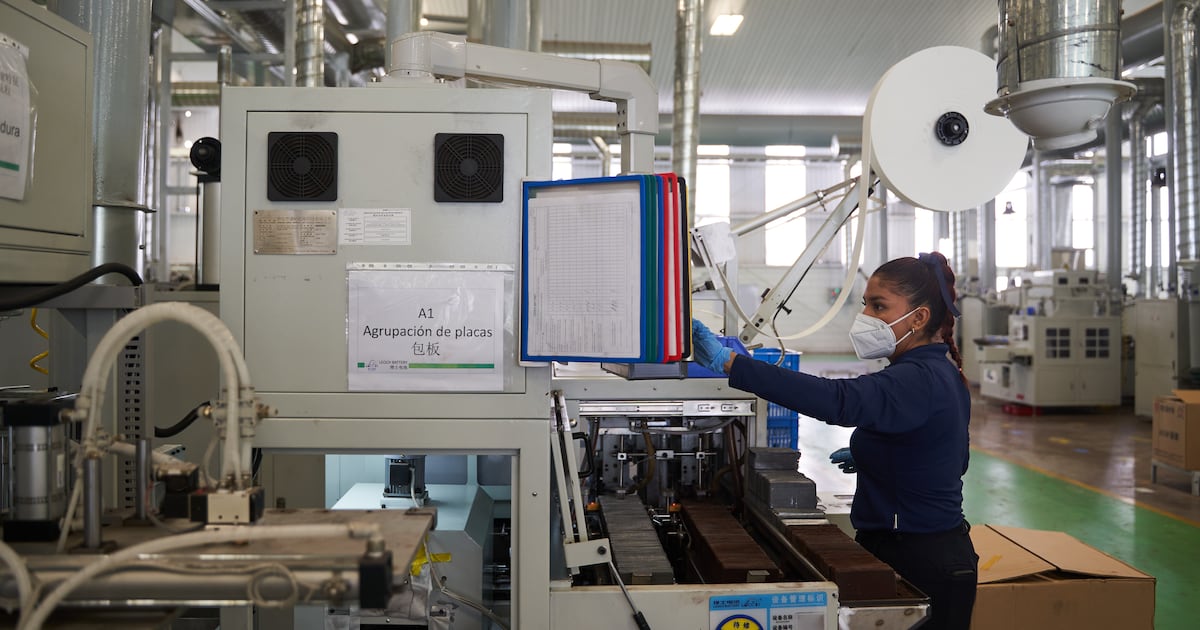Recent economic indicators from both the United States and Mexico suggest a significant slowdown in economic activity in both nations. In the U.S., the Institute for Supply Management’s (ISM) manufacturing index dropped to 48.5 points in May, down from 48.7 in April, marking three consecutive months below the 50-point expansion threshold. The report highlighted that most components measuring demand and production have slowed, with input production beginning to weaken. New orders, production, and employment indices remained in contraction territory, while export and import indices fell further, and prices accelerated.
More concerning is the ISM’s services sector indicator, which fell to 49.9 points in May from 51.6 in April, crossing the critical 50-point threshold that separates expansion from contraction in the domestic market.
The labor market also reflects this cooling trend. ADP reported only 37,000 private-sector jobs added in May, while the Bureau of Labor Statistics’ Non-Farm Payroll increased by 139,000 in May, down from 147,000 in April. Hourly wages have maintained an annual growth rate of 3.9% since the start of the year, and the unemployment rate remained at 4.2% for the third consecutive month.
In the first quarter, the U.S. experienced a contraction in GNP (equivalent to GDP), despite robust activity, due to a surge in imports before tariffs were imposed and a large trade deficit, which subtracts from GNP. The second quarter may also show negative results due to significant uncertainty in trade and fiscal policies.
In Mexico, signs of stagnation are evident. Citigroup’s latest survey of private-sector analysts estimates GDP growth for this year at a stagnant +0.1% annually, a projection shared by the Bank of Mexico. Bursamétrica has estimated -0.5% annual growth since November, reflecting the circumstances inherited by Dr. Sheinbaum and the impact of Trump’s victory alongside Congressional control.
Despite a better-than-expected first quarter, recent indicators suggest a trend toward recession. In the labor market, the number of workers registered with IMSS in the formal private sector contracted by 93,000 jobs over the past two months, the lowest job creation rate since the pandemic. Over the past 12 months, only 23,000 jobs have been created.
Gross Fixed Investment (GFI) has contracted for seven consecutive months as of March, reflecting reduced public investment and a collapse in private investment due to distrust caused by proposed constitutional changes in Congress. GFI decreased by 4.7% annually in March, following a revised 5.6% drop in February. Construction spending fell by 3.1%, while machinery and equipment spending dropped by 7.5% annually.
The Mexican Institute of Financial Executives’ (IMEF) indicators for manufacturing and services showed slight improvements in May, but both sectors remained in contraction territory.
— new from El Financiero
